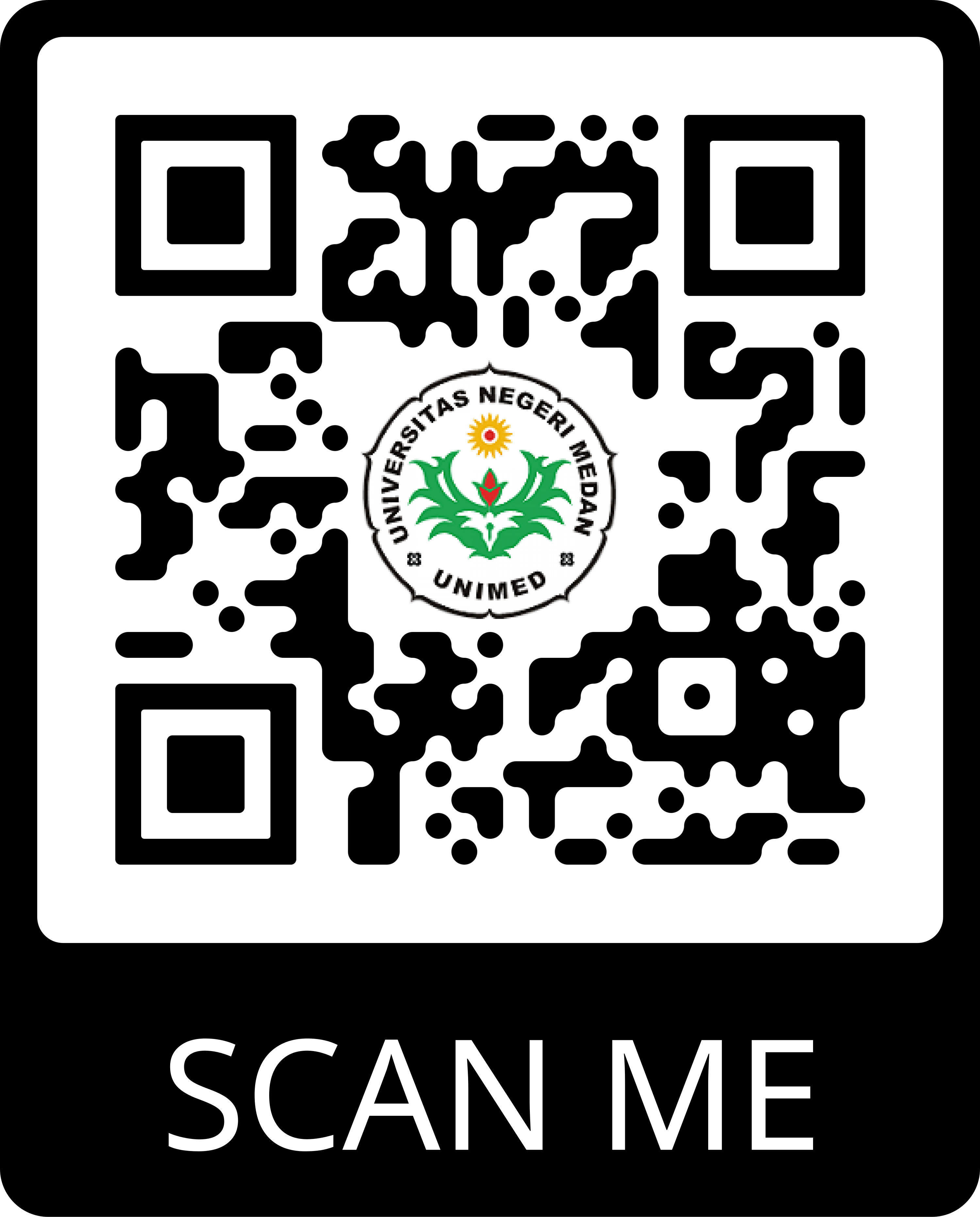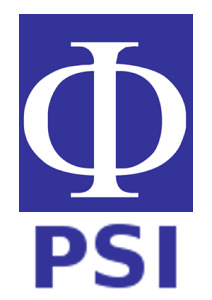THE ANALYSIS OF PROBLEM BASED LEARNING MODEL ON CREATIVITY STUDENT OF HIGH SCHOOL PHYSICS
Abstract
Keywords
Full Text:
PDFReferences
Arikunto, S. 2010. Dasar – Dasar Evaluasi Pendidikan. Jakarta: Bumi Aksara.
Arends, R.I., 2013. Learning To Teach, Belajar Untuk Mengajar Edisi ketujuh / jilid I Buku Satu. Yogyakarta : Pustaka Belajar.
Baser, N and Ersoy, E, 2013. The effects of problem based Learning method in higher education on creative tinking. Journal of Creative Behavior, 40 (3): 163-178.
Ginting, E, M, Sahyar and Sihaloho, R, R. 2017. The Effect of Problem Based Learning (PBL) Model toward Student’s Creative Thinking and Problem Solving Ability in Senior High School. Journal of Research and Method in Education.
Habeahan, Winmery, L and Sarahgih, S, 2014. The Improving of Problem Solving Ability and Students’ Creativity Mathematical by Using Problem Based Learning in SMP Negeri 2 Siantar. Journal of Educatiion and Practice. Vol. 5, No.35.
Lubis, R, H. 2014. Efek Model Pembelajaran Berbasis Masalah Terhadap Hasil Belajar Siswa Pada Materi Listrik Dinamis Di Kelas X Semester II SMA Negeri 1 Hinai Kabupaten Langkat TA 2013/2014. Jurnal Inpafi.
Munandar, U. 2012. Pengembangan Kreativitas Anak Berbakat. Jakarta: Rineka Cipta.
Rachmawati. 2012. Strategi Pengembangan Kreativitas Pada Anak- Usia Taman Kanak-Kanak. Jakarta : Kencana Predana Media Group.
Sagala, S. 2009. Konsep dan Makna Pembelajaran. Bandung: Alfabeta.
Sugiyono. 2012. Statistika untuk Penelitian. Bandung: Alfabeta.
Supeno. 2016. Jurnal Pembelajaran dan Pendidikan Sains (JPPS) berisi artikel yang diangkat dari hasil penelitian dan non penelitian pendidikan dan pembelajaran bidang Fisika. Jember: Program Studi Magister PendidikanIPA,http://www.jurnal.unej.ac.id Vol. 1, No. 1, Oktober 2016)
Vahlia, I., Murdiyana & Sutrima. 2013. Eksperimentasi Model Pembelajaran Discovery Dan Group Investigation Terrhadap Prestasi Belajar Matematika Ditinjau dari Kreativitas Siswa, 191-200.
DOI: https://doi.org/10.22611/jpf.v7i1.9028
Article Metrics
Abstract view : 351 timesPDF - 257 times
Refbacks
- There are currently no refbacks.
Copyright (c) 2018 Irawati Lebora Hutabarat, Nurdin Bukit, Derlina Nasution

This work is licensed under a Creative Commons Attribution 4.0 International License.
___________________________________________________________________________________________________________________________________________
Jurnal Pendidikan Fisika
p-ISSN : 2252-732X | e-ISSN : 2301-7651
Organized by The Magister of Physics Education Departement in State University of Medan in collaboration with Physical Society of Indonesia (PSI)
W: https://jurnal.unimed.ac.id/2012/index.php/jpf/index
E : jpfunimed@unimed.ac.id
rajo.hasim@gmail.com (principal contact)

_____________________________________________________________________________________________________________________________________________

This work is licensed under a Creative Commons Attribution 4.0 International License.





